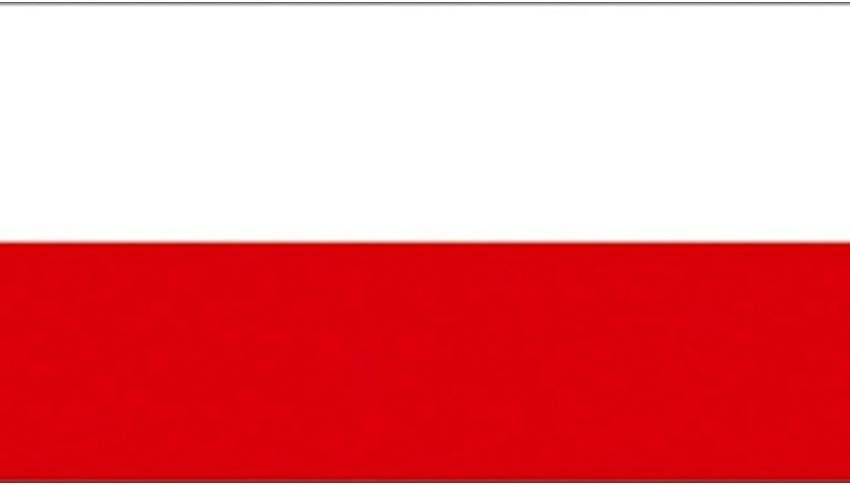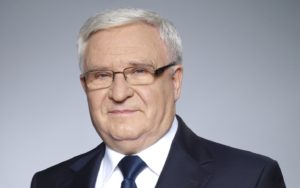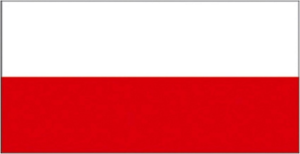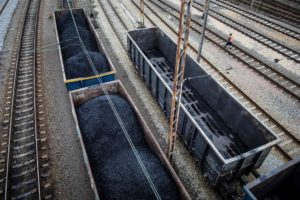Poland: Solar Forum 2012 Debate on How to Sustain Growth Rate
May 1, 2012
According to the market statistics of the Institute for Renewable Energy (IEO), the total installed solar thermal collector area in Poland at the end of 2011 was 904,000 m2 (633 MWth). This is just 6.5 % of the 14 million m2 (9.8 GWth) target that the National Renewable Energy Action Plan said to reach in 2020. Speakers and participants of the 5th Solar Energy Industry Forum were now debating in mid-April on how to best sustain the growth rate and reach the ambitious target. Around 150 people attended Cracow’s one-day event organised by the IEO.
The participating solar system producers and distributors are aware that a substantial part of the last years’ growth – 35 to 70 %, depending on the source – was driven by various grant programmes which will expire in 2013 (see http://www.solarthermalworld.org/node/3421). That is why the industry eagerly awaits the passing of the new Renewable Energy Sources Law, hoping it will create a long and stable support scheme for the solar thermal market. The discussed measures include tax deductions, preferential loans and grants. Originally, the law was supposed to come into force this summer. But, that will not happen. “The matter is much more complex than we expected,” Mieczysław Kacprzak, Deputy Minister of Economy, told solarthermalword.org after preparing the first draft of the law. “I am going to submit the draft to parliament at the beginning of the third quarter and hope it will pass until the end of 2012,” he added.
Market players are convinced that the support for solar thermal should be upheld for at least a few more years. The presentation by Miłosz Lipiński from Lipińscy Domy, one of the major Polish architectural firms specialised in the residential market, only confirmed the stakeholders’ view. “The number of our clients purchasing a house with solar thermal collectors for hot water has risen from 4 % in 2010 to 6 % in 2011. But, nobody has initiated a project with solar collectors being used to heat the house as well,” Lipiński says. According to the architect, larger solar installations require longer return-on-investment periods in low-energy buildings. “If you set up 5 m2 of solar thermal collectors to heat water in an energy-efficient 150 m2 house, you will raise total costs by 6.7 % and save 1,920 KWh annually, which means that the investment in the collector will pay off over 9.5 years. But, if you triple the collector surface for the purpose of setting up central heating, total costs will rise by 9.7 % and the payback period will wind up at 14 years.”
The architect also adds that payback periods could be reduced to 7.5 and 10 years, respectively, by receiving a grant from the National Fund for Environmental Protection and Water Management (Polish acronym: NFOSiGW). Lipiński argues that without the long and stable support scheme, only a small group of investors – approximately 3-4 % – would be able to use renewable energy sources at home. However, the market potential seems enormous: 25 % of the 13.5 million buildings in Poland had to be torn down in the near future, creating many opportunities to implement solar technology.
The optimism was not shared by Bogusław Regulski, Vice President of the Polish District Heating division at the Chamber of Commerce that groups central heating system suppliers. Central space heating of multi-family houses was responsible for 40 % of the annual residential heating demand in Poland. Most of this heat (75 %) was generated by coal and only 5% by renewable sources. Solar collector producers had not yet focused on this market, but saw enormous potential and tried to convince central heating suppliers that sun could be the best choice to generate heat for the heat grids. Regulski, however, is very sceptical about it: “The current EU policy to promote cogeneration power plants interferes with integrating large-scale solar collector systems into big community heating networks,” Regulski argues. “Since the new draft of an EU directive on energy efficiency cogeneration stipulates that central heating units with a capacity greater than 20 MW must use cogeneration, other sources – such as solar – will only increase investment costs.”
Luckily, not all big market players share his views. The potential of the Polish market has recently been discovered by Energa-Obrót, the distribution arm of Polish utility Energa. Jarosław Bieniecki, Strategy Department Director at Energa-Obrót, has announced that the company had launched an investment programme for the solar thermal market. “We intend to acquire minor shares in several solar collector producers in order to create a group and benefit from what we believe are several hundred per cent in growth,” Bieniecki says. Energa-Obrót wants to use its market knowledge and financial resources to drive market growth in northern Poland, where solar collector sales are still low in numbers.
This news was written by Marcin Czekański, a Polish journalist specialised in renewable energies and based in Szczecin, Poland, (mczekanski@econaviga.eu).
Energa-Obrót: http://www.grupaenerga.pl/grupa_energa/energa_obrot.xml
Solar Energy Industry Forum: http://www.solarforum.ieo.pl/
Miłosz Lipiński: http://lipinscy.pl/


